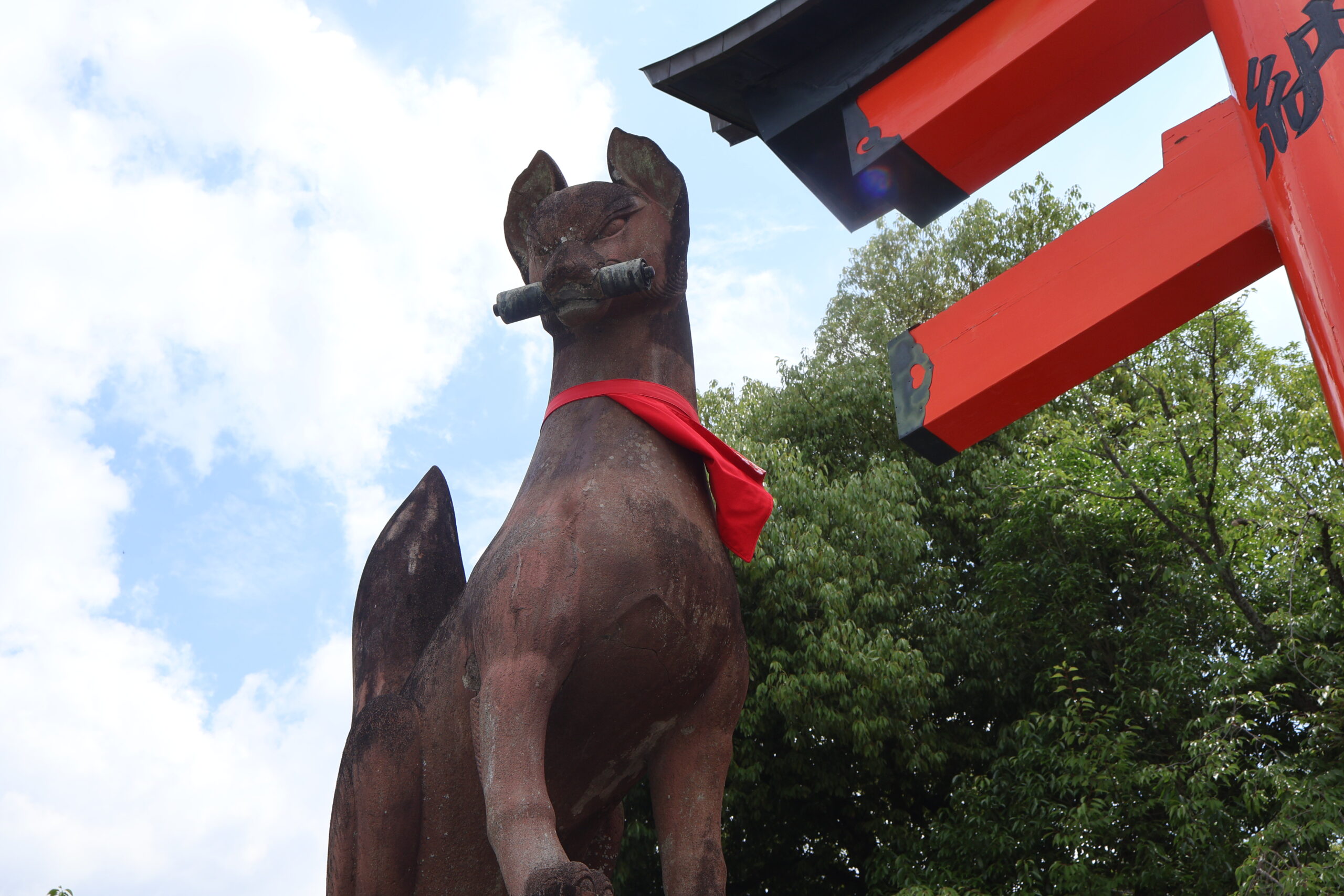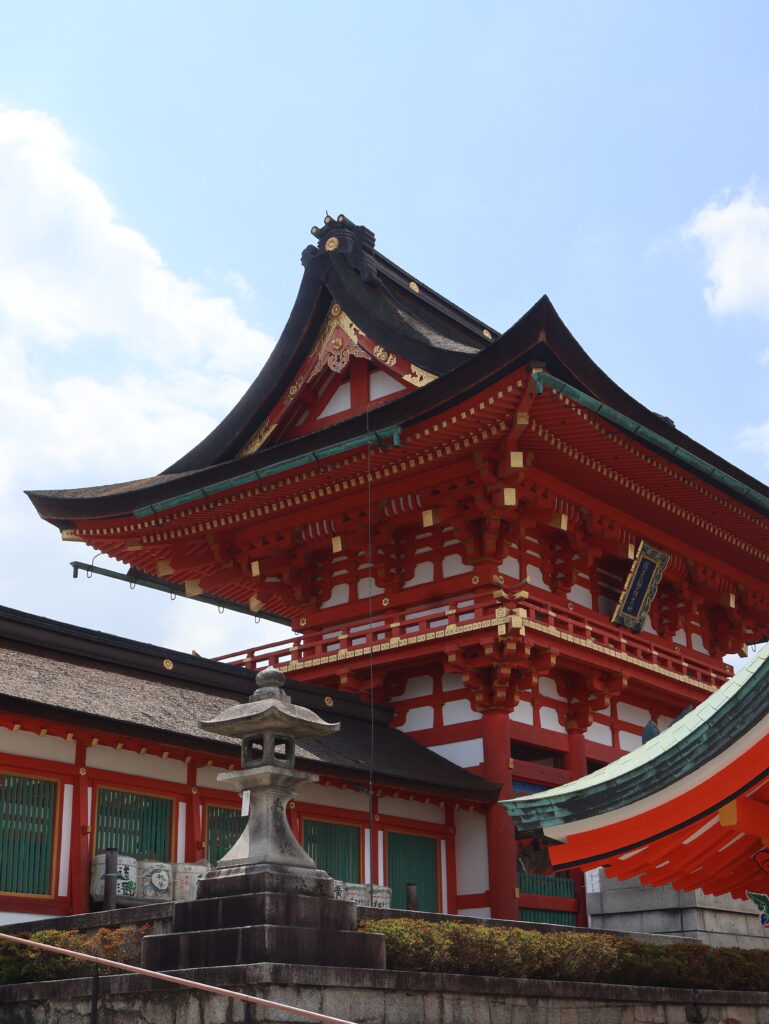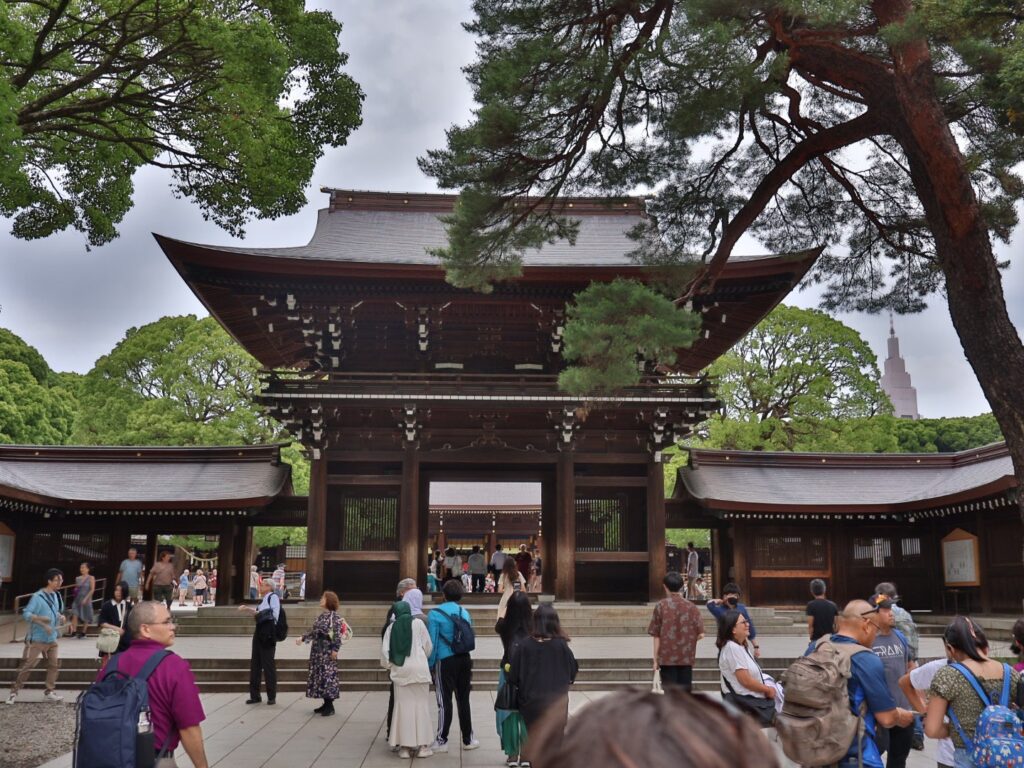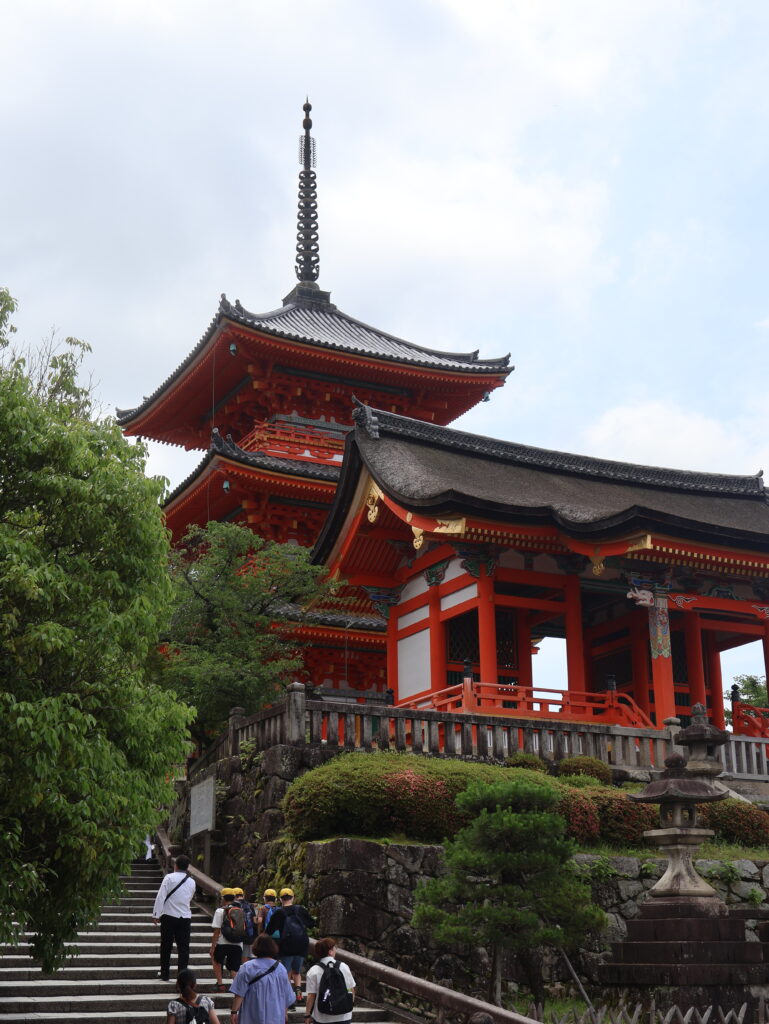
In the land of the rising sun, where ancient traditions harmoniously blend with modernity, two major religious practices have long played a significant role in shaping Japanese culture and spirituality: Shintoism and Buddhism. While distinct in their beliefs and practices, these two religions have coexisted side by side for centuries, influencing each other and creating a unique tapestry of faith and tradition in Japan.

While their followers in Japan are practically equal, Shinto is the indigenous religion of Japan. Originally a loose collection of local beliefs, the religion did not come to be called Shinto until the 6th century to differentiate itself from Buddhism, which immigrated from India. Shinto heavily focuses on worshiping nature, honoring ancestor, and praising kami, (spirits or deities). The religion’s origins are difficult to pinpoint, as it was primarily folklore until a certain point, making it arguably one of the oldest religions in human history.
On the other hand, Buddhism has a clearer point of origin. Founded in the 5th century BCE by Siddhartha Gautama, later known as Gautama Buddha, Buddhism sought to find a solution to human suffering. After six years of learning and searching the lands of India, Siddhartha Gautama attained enlightenment and became the Buddha. He then taught others the path to enlightenment. Buddha’s teachings inspired hundreds of millions of people, spreading from India to China, Korea, and Japan.
Over several hundred years, the intertwining of Buddhism and Shinto became a staple of Japanese culture, influencing each other to the point that a unique version of Buddhism emerged, taking Shinto lore into account. This sect, called Kami-Buddhism, was created to help Shinto followers adopt a more structured religion with Buddhism without completely abandoning their beliefs.
Despite the intertwining of the two, there are noticeable differences, particularly in the worship of their respective deities.
For starters, Buddhists build and pray at temples, as opposed to the shrines used in Shinto. Japan is home to thousands of shrines, varying in size from small buildings to college-campus-sized complexes. Despite the variations in size and location, shrine designs are generally similar. Shrines are primarily used for communal festivals and ceremonies.

Each shrine is dedicated to its own kami, and in some cases, they are dedicated to historical figures like Emperor Meiji and Empress Shōken. Shrines usually do not have statues of the deities they worship. Instead, there is usually an item that represents the spirit being worshiped. In special cases, the spirit is thought to reside in a particular item, or the area itself is considered sacred, rendering a focal item unnecessary. A notable case is that of the Fushimi Inari shrine. This shrine has statues of the god’s messengers, however, there isn’t a statue of the kami. Instead, there are tens of thousands of torii gates and foxes — said to be Inari’s messengers — to mark the area as holy.
Buddhist temples, on the other hand, exhibit much less consistency. Even from an architectural standpoint, Buddhist temples are influenced by various styles. The design of temples is informed by different traditions of Buddhism, often drawing upon Zen, Pure Land, or Shingon principles. Temples are used for specific ritual practices such as chanting, meditation, and other rituals. In contrast to shrines, temples almost always have altars with statues or images of revered figures like the Buddha.

Shintoism and Buddhism, intertwined in the fabric of Japanese society, have shaped the spiritual and cultural identity of the nation. Their coexistence is a testament to the Japanese people’s ability to embrace diversity and find harmony in different belief systems. As Japan continues to evolve, these ancient traditions provide a timeless foundation for spirituality, offering guidance and solace in a rapidly changing world.







